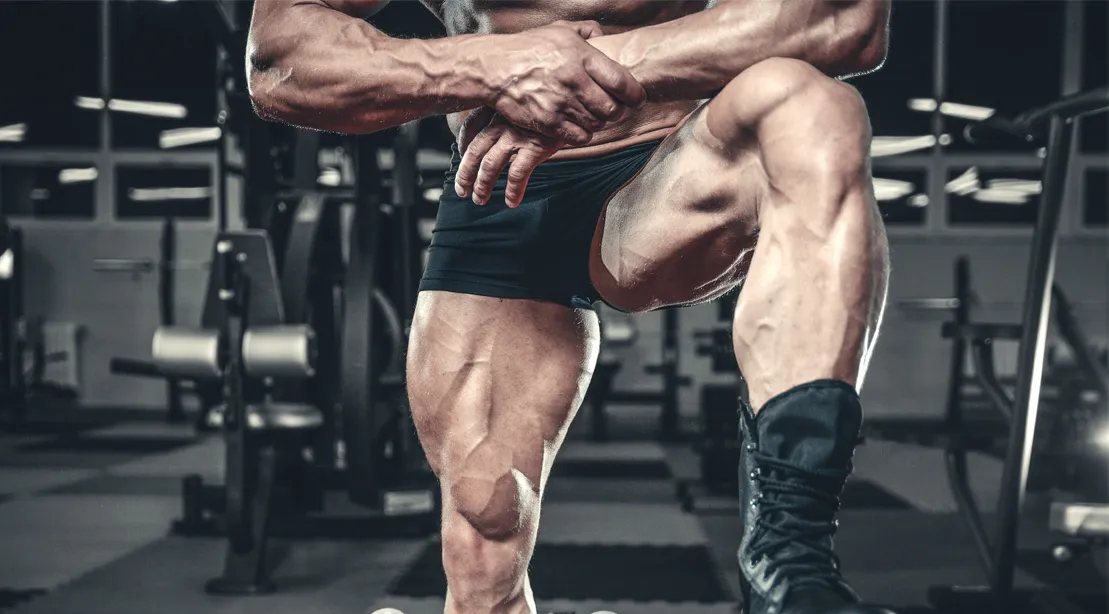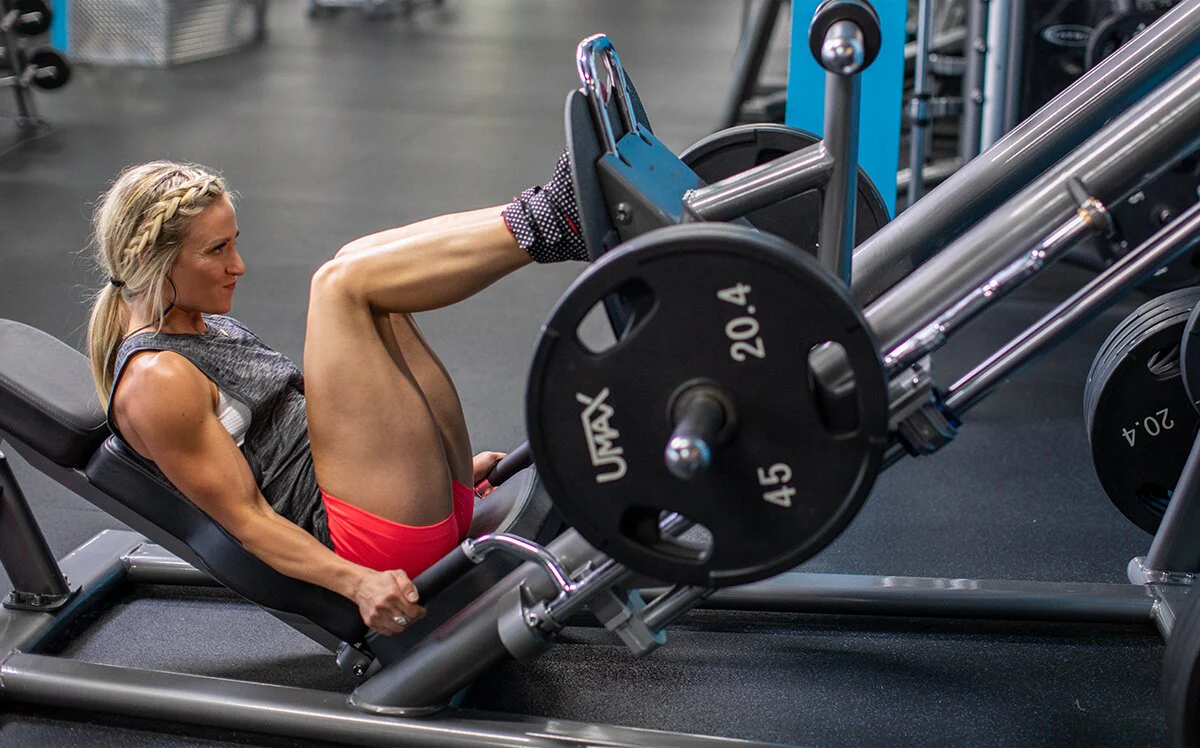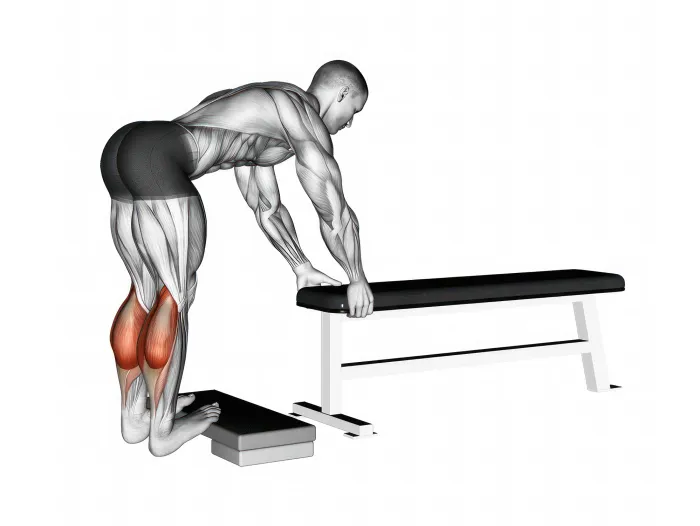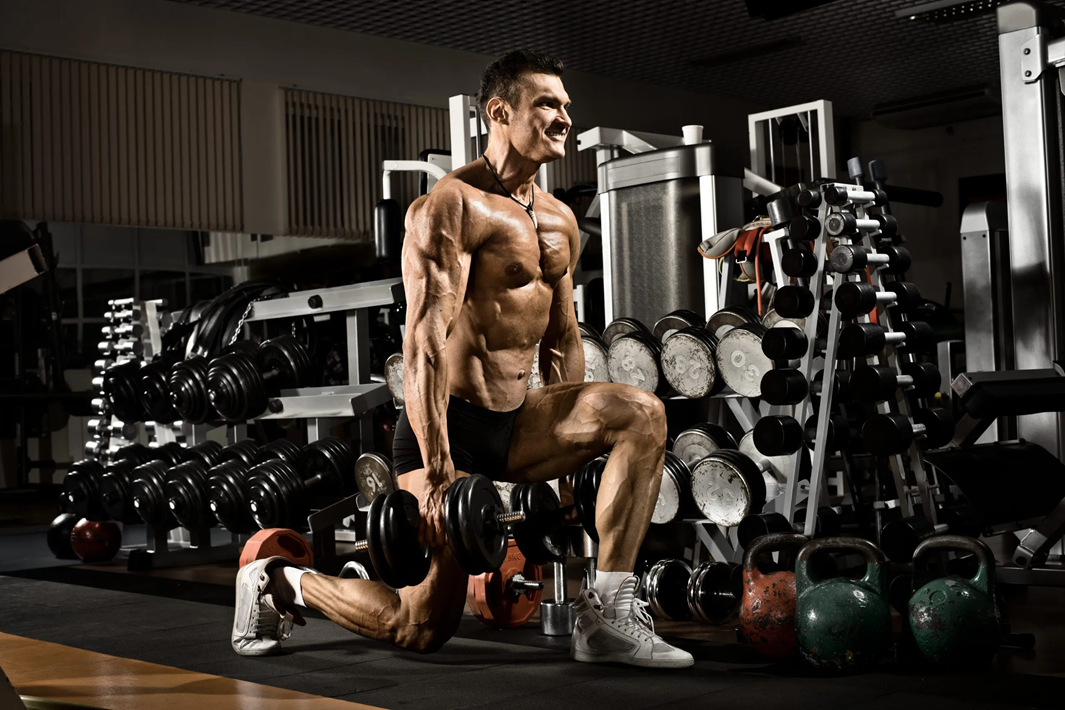How to Build Bigger Quads: Exercises, Programming & Proven Growth Tactics
If you’re chasing serious lower body development, you can’t afford to neglect your quads. These aren’t just muscles for athletes or physique competitors — well-developed quadriceps are foundational for raw strength, balance, symmetry, and the kind of aesthetic that demands attention.
Big quads don’t happen by accident. It takes structure, smart exercise selection, strategic programming, and a relentless focus on execution.
Whether you train for size, strength, or symmetry, this guide breaks down exactly how to build quads that grow — and keep growing.
Quad Muscle Anatomy: Know What You’re Training
Let’s start with the basics. The quadriceps femoris is a four-headed muscle group located at the front of your thigh. Each “head” contributes to knee extension — but they all play unique roles depending on the angle, depth, and loading of your training.
🔹 1. Vastus Lateralis (Outer Quad)
- Responsible for the outer sweep — that visual width you see from the front and side.
- Best activated with narrow stance squats, sissy squats, and leg press with low foot placement.
🔹 2. Vastus Medialis (Inner “Teardrop”)
- Stabilizes the knee and gives that iconic teardrop shape above the kneecap.
- Triggered in movements that emphasize deep knee flexion (think: deep squats, step-ups, controlled eccentrics).
🔹 3. Rectus Femoris (Front & Center)
- Unique because it crosses both the hip and knee joints, assisting in hip flexion and knee extension.
- Targeted with leg extensions, lunges, and step-ups where the hip is also involved.
🔹 4. Vastus Intermedius
- Lies beneath the rectus femoris, not visible, but heavily recruited in all major quad movements.
Pro Tip: To fully develop your quads, you need to train across different angles and depths — not just squat heavy.
The Best Quad-Building Exercises (Ranked by Impact)
You need more than barbell squats to build elite-level quads. Here are the most effective compound and isolation exercises — selected for hypertrophy, range of motion, and quad-specific engagement.
✅ Compound Lifts (Heavy Hitters)
Front Squats
- Forces a more upright torso = greater quad bias
- Less stress on lower back compared to back squats
- Use straps or cross-arm grip if mobility is an issue
Hack Squats
- Machine-based, allowing you to push volume and safely go to failure
- Adjust foot placement low and narrow to isolate quads
- Control the eccentric — don’t bounce
Leg Press (Feet Low + Narrow)
- Reduces glute involvement, maximizes quad loading
- Great for high-volume hypertrophy sets
- Don’t lock knees; stop just before full extension
Bulgarian Split Squats (Short Stance)
- Brutal unilateral quad builder
- A shorter stance brings the knees forward = quad emphasis
- Forces stability, corrects asymmetries
Sissy Squats
- Pure quad isolation; stretches rectus femoris and vastus medialis
- Excellent bodyweight finisher or light-load pump set
- Use a squat wedge or anchor to stabilize
✅ Isolation Movements (Targeted Tension)
Leg Extensions
- Directly isolate the rectus femoris
- Best for peak contraction and metabolic stress
- Pause at the top for 1–2 seconds for full activation
Step-Ups
- Targets full knee and hip extension — great for vastus medialis
- Use a box height that allows the working leg to do 90% of the lifting
- Keep torso upright, push through the midfoot
Weekly Volume, Frequency & Set Guidelines
If you want to grow your quads, you need to give them enough work — but not so much that you fry your recovery. Here’s how to balance it:
- Minimum Effective Volume: 10–12 quality working sets/week
- Optimal Hypertrophy Range: 14–20+ working sets/week
- Frequency: Train quads 2x/week, ideally split across different days (e.g., push day + leg day)
Example Weekly Split:
Day 1: Heavy Focus
- Front Squat
- Leg Press
- Step-Ups
Day 2: Volume & Isolation
- Hack Squat
- Bulgarian Split Squat
- Leg Extensions
- Sissy Squats (Pump Finisher)
Proven Programming Strategies for Quad Growth
Training quads isn’t just about crushing heavy sets — it’s about strategic progression, tension control, and intelligent overload. Here’s how to maximize your programming.
🔁 Use Targeted Rep Ranges
- Strength Foundation: 4–6 reps (Front squat, hack squat)
- Growth Zone: 8–12 reps (Split squats, leg press)
- Metabolic Stress: 15–30 reps (Leg extension, sissy squat)
🔄 Progression Tactics That Actually Work
- Add Load: Increase weights weekly or biweekly (progressive overload)
- Add Reps: Move from 8–10 to 10–12, then reset with more load
- Increase ROM: Go deeper — deficit lunges, ATG squats
- Control Tempo: 3–1–2 tempo (3s down, 1s pause, 2s up) = more tension
- Use Intensity Methods:
- Rest-pause (short rest within a set)
- Drop sets (strip weight and continue)
- Mechanical supersets (e.g., sissy squats after extensions)
Building Symmetry and That Outer Sweep
Big quads are great — but symmetrical, well-shaped quads are what win shows and turn heads. Here’s how to sculpt detail:
💡 Tactical Tips:
- Unilateral First: Start your workout with Bulgarians or step-ups occasionally — not just at the end
- Use Narrower Stances: Brings out the vastus lateralis, building that coveted “sweep”
- Stay Upright: Don’t let your hips shoot back in squats — keep torso vertical to reduce glute dominance
- Stretch Matters: Exercises like sissy squats and deep hack squats stretch the quads under load — key for hypertrophy
Sample Quad Hypertrophy Workout
Here’s a sample quad-focused session designed for hypertrophy, symmetry, and targeted overload.
- Front Squats – 4 sets of 6–8
- Focus on depth, controlled eccentric, upright posture
- Hack Squats (Feet Low) – 3 sets of 10
- Add a pause at the bottom if you want to increase difficulty
- Bulgarian Split Squats (Short Stance) – 3 sets of 12 reps per leg
- Rest 30–45 sec between legs for intensity
- Leg Extensions – 3 sets of 15–20
- 2-second pause at the top, slow 3-second negative
Optional Finisher:
Sissy Squats or Wall-Supported Bodyweight Squats – 2 sets to near failure
Quad Training Mistakes to Avoid
Even with a solid plan, small errors can kill your results. Here’s what to watch for:
❌ Mistake #1: Going Too Wide on Every Squat
Wide stances shift the load to your glutes and adductors. Narrower stances target the quads more effectively.
❌ Mistake #2: Cutting Range of Motion Short
Half squats = half development. Depth drives hypertrophy — especially in the vastus medialis (inner teardrop).
❌ Mistake #3: Relying Only on Heavy Compounds
Big lifts are essential, but isolations like leg extensions and sissy squats build shape and detail. Use both.
❌ Mistake #4: Ignoring Unilateral Training
Step-ups, lunges, and Bulgarians not only build size but fix imbalances and enhance knee stability.
Final Word: Build Quads That Command Respect
There’s no magic shortcut to building quads. It takes structured effort, a smart approach, and unrelenting consistency. But when you do it right — when you attack your quads with intent, variety, and progression — the payoff is real.
Big legs don’t just show up. You build them with:
- Heavy compound lifts
- Precise isolation work
- Volume, frequency, and progressive overload
- Focused unilateral training
- And, above all, execution that never cuts corners
Treat your quad training like your chest or back — with structure and priority — and they’ll grow like the rest of you.
🔗 Related Articles:
- Best Quad Exercises for Mass
- Quad Sweep: How to Target the Vastus Lateralis
- Why Your Quads Aren’t Growing
- Leg Press vs Squats for Quad Hypertrophy
- Unilateral Leg Training Guide
- Leg Workouts for Mass and Strength





